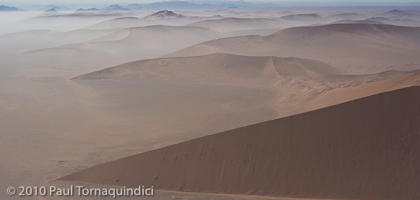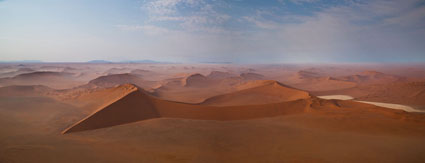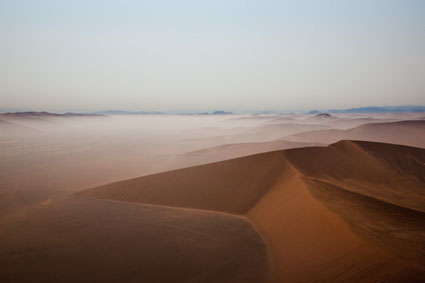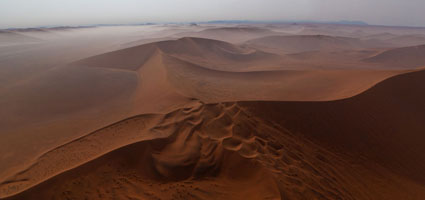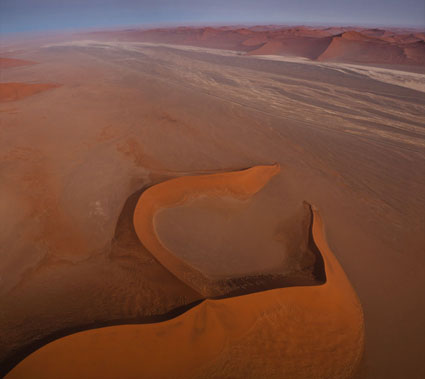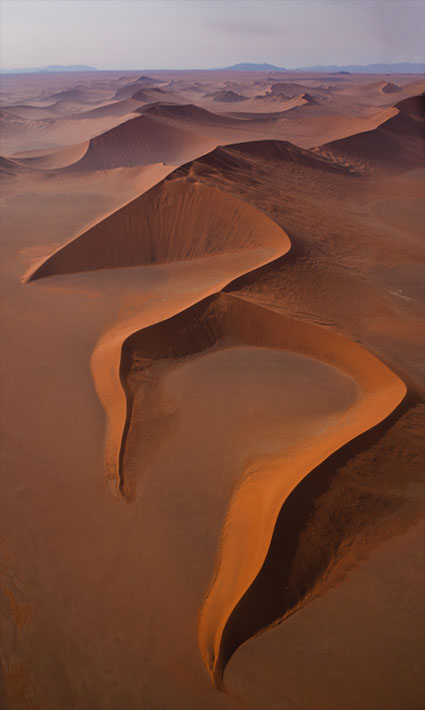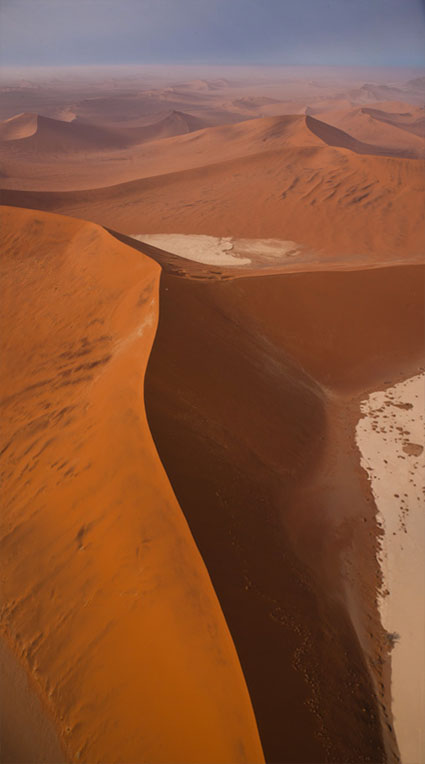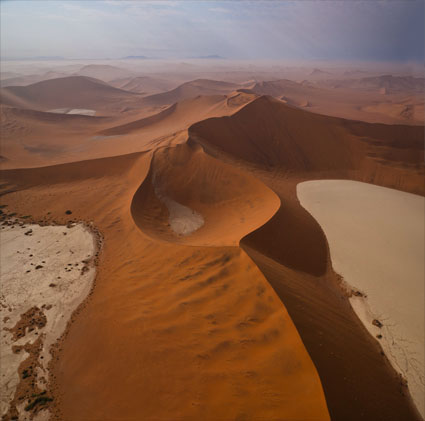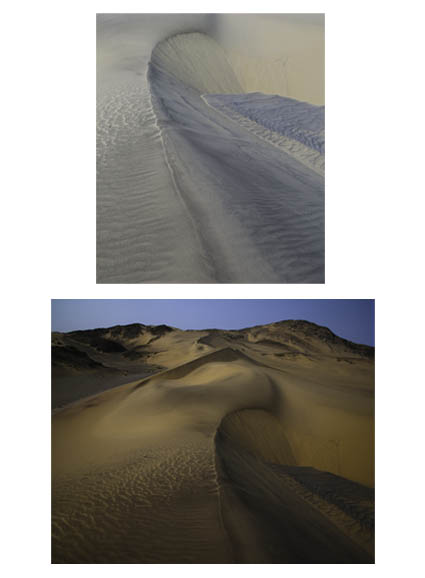
 Paul Tornaquindici (top) and I (bottom) walked together many times in Namibia.
Paul Tornaquindici (top) and I (bottom) walked together many times in Namibia.
Standing a few feet apart, we made very different images.
Walk with someone and photograph together.
Then compare the results.
You’ll see a different way of looking at the world.
You’ll also have an opportunity to see how you see more clearly.
Even when the images you make are the same, you’ll learn that some results are driven by convention and this can prompt you to push further, to find something new, and to make your images more personal. Sometimes these differences can be found in context with your other images.
The comparisons and contrasts you’ll see by photographing with someone else can be extremely useful.
Find more resources on Creativity here.
Learn more in my digital photography workshops.


